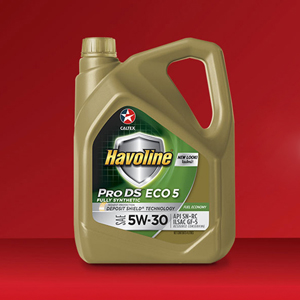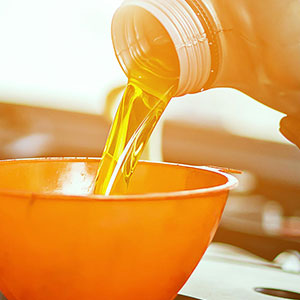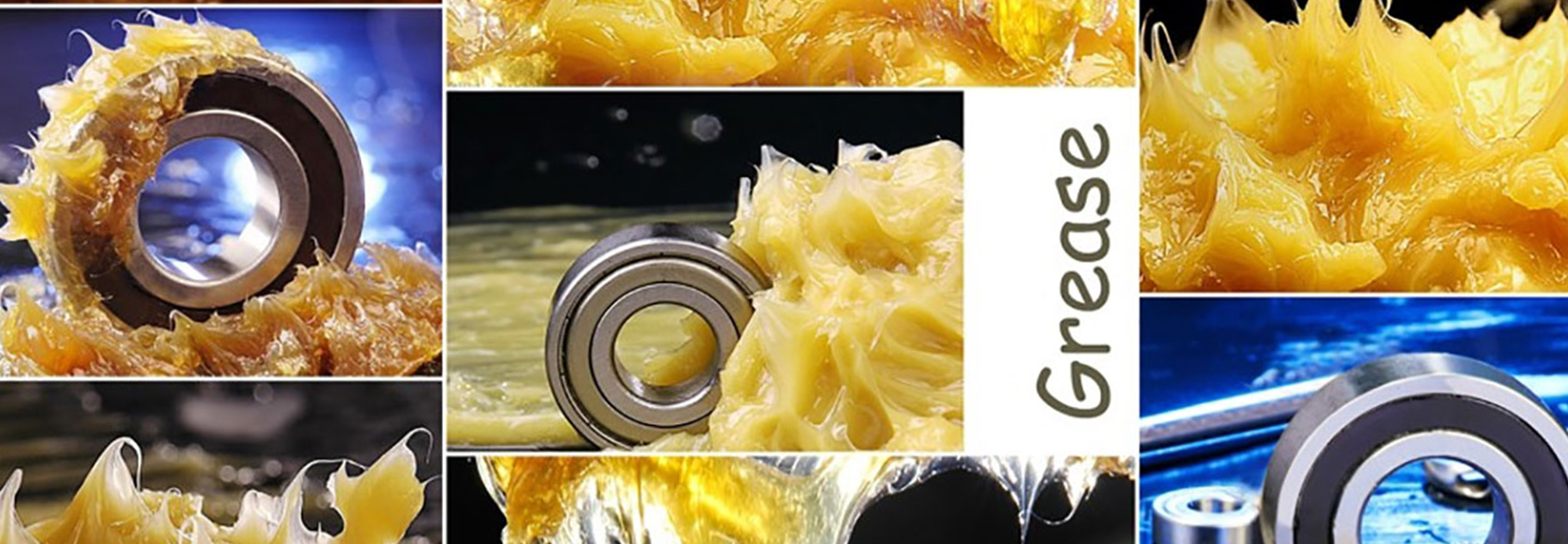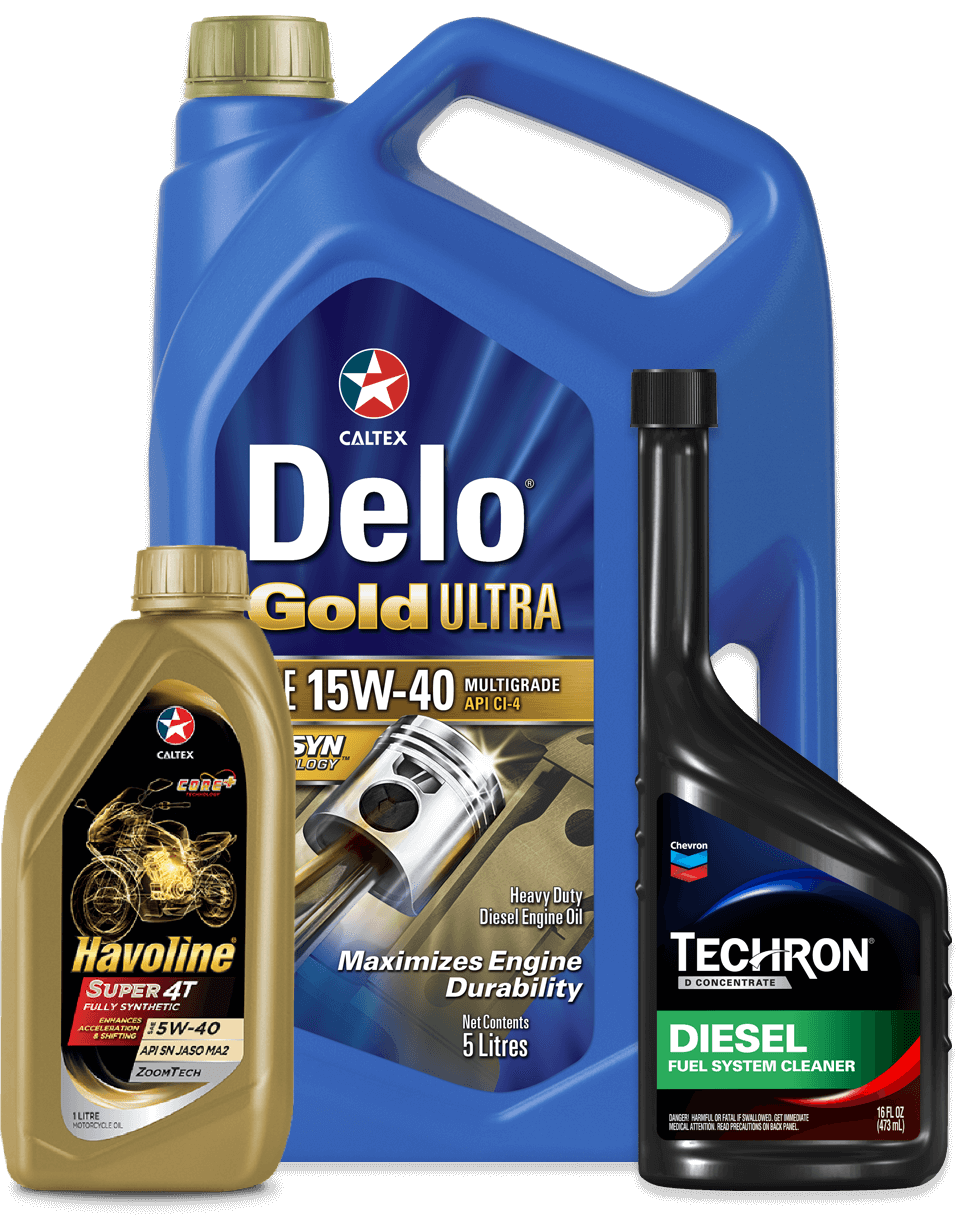Knowing how to select the right grease depends on many factors and can save you time and money!
While most people might assume that grease is a rather simple all-purpose product, there’s a whole world of factors that you would want to consider when picking grease. Quite a common misconception is that the function of grease is denoted by colors. A common conversation between customers and sales reps transcripts clients asking for a particular color of grease.
From a technical point of view, the only role played by the color of the grease is its tendency to wear out faster than other properties of the lubricant. For example, if you bought a red grease and it has turned brown or black, it tells you the grease is starting to wear out. So by that standard, it is safe to assume that color is more of a marketing approach used by manufacturers to clearly distinguish the different types of grease within their product range.
If colour is not important in selecting a grease, then what should you be looking for to find the right grease for your application? Let’s zero in on five attributes.
- NLGI Rating: The first indicator of what grease would work for a particular region is a rating denoted by the consistency of the lubricant by the National Lubricant Grease Institute (NLGI). Since the rating denotes the thickness of the grease, a higher number means thicker grease. Technically, the thickness of the grease is dependent on the oil content in the product, so grease with high oil content will get a lower rating such as 00 or 000 in the case of a semi-fluid grease. In much hotter climates like the Middle East or Africa, you would need a higher rating on the grease product to provide stability and avoid liquidation. However, for some applications, that might not be the case.
- Viscosity: By far the most crucial feature of any grease product or any lubricant for that matter is its viscosity. Viscosity of lubricants is denoted by the ISO grade on the packaging. Different applications will require different grades to perform adequately. Most high-speed applications will use grease with a lower viscosity grade. For example, heavy industrial machinery might require use 460 while heavy-duty applications such as tractors might need a 320 grade. Trucks that usually require a high-speed application would use ISO 220 to keep bearings and axles working optimally.
- Thickener: Thickener is the most vital additive in grease as it acts a sort of soapy sponge that holds the lubricant in place and then allows it to flow out to components. Greases use different sorts of additive to provide for features such as corrosion, anti-wear, rust protection and oxidation but it is important to choose the grease with the same thickener as the one previously used or matching the needs of the application to ensure compatibility.
- Dropping Point: Typically, the dropping point refers to the operating temperature at which the grease liquefies and therefore stops performing optimally. Therefore is crucial to pick a grease keeping in mind its dropping point depending on the nature of the application. A common tip amongst OEMs (Original Equipment Manufacturers) is to use greases for applications that will keep it up to a 100 degrees lower than the dropping point. To provide perspective, if the temperature for a particular application is around 250 degrees, it is recommended by OEMs to use grease with a 350 degree dropping point.
- EP Additives: You have probably seen the ‘EP’ label on some grease products, the label stands for ‘Extreme Pressure’ and is a type that can be used for most applications. It is important to note however, that EP greases should not be used for electric motor bearings, as they are more likely to cause corrosion in the case that the motor windings are over-greased.
Keeping these factors in mind will go a long way in helping you choose the right lubricant for the application at hand. However, it is imperative that you take the OEMs recommendations for selecting grease products having given the exact details of your operating environment and application to ensure your equipment runs optimally at all times. Choosing the right lubricants for your equipment might take a little bit of research but will save you large amounts of capital, whether human or financial in terms of maintenance and safety.
Knowing how to select the right grease depends on many factors and can save you time and money!
While most people might assume that grease is a rather simple all-purpose product, there’s a whole world of factors that you would want to consider when picking grease. Quite a common misconception is that the function of grease is denoted by colors. A common conversation between customers and sales reps transcripts clients asking for a particular color of grease.
From a technical point of view, the only role played by the color of the grease is its tendency to wear out faster than other properties of the lubricant. For example, if you bought a red grease and it has turned brown or black, it tells you the grease is starting to wear out. So by that standard, it is safe to assume that color is more of a marketing approach used by manufacturers to clearly distinguish the different types of grease within their product range.
If colour is not important in selecting a grease, then what should you be looking for to find the right grease for your application? Let’s zero in on five attributes.
- NLGI Rating: The first indicator of what grease would work for a particular region is a rating denoted by the consistency of the lubricant by the National Lubricant Grease Institute (NLGI). Since the rating denotes the thickness of the grease, a higher number means thicker grease. Technically, the thickness of the grease is dependent on the oil content in the product, so grease with high oil content will get a lower rating such as 00 or 000 in the case of a semi-fluid grease. In much hotter climates like the Middle East or Africa, you would need a higher rating on the grease product to provide stability and avoid liquidation. However, for some applications, that might not be the case.
- Viscosity: By far the most crucial feature of any grease product or any lubricant for that matter is its viscosity. Viscosity of lubricants is denoted by the ISO grade on the packaging. Different applications will require different grades to perform adequately. Most high-speed applications will use grease with a lower viscosity grade. For example, heavy industrial machinery might require use 460 while heavy-duty applications such as tractors might need a 320 grade. Trucks that usually require a high-speed application would use ISO 220 to keep bearings and axles working optimally.
- Thickener: Thickener is the most vital additive in grease as it acts a sort of soapy sponge that holds the lubricant in place and then allows it to flow out to components. Greases use different sorts of additive to provide for features such as corrosion, anti-wear, rust protection and oxidation but it is important to choose the grease with the same thickener as the one previously used or matching the needs of the application to ensure compatibility.
- Dropping Point: Typically, the dropping point refers to the operating temperature at which the grease liquefies and therefore stops performing optimally. Therefore is crucial to pick a grease keeping in mind its dropping point depending on the nature of the application. A common tip amongst OEMs (Original Equipment Manufacturers) is to use greases for applications that will keep it up to a 100 degrees lower than the dropping point. To provide perspective, if the temperature for a particular application is around 250 degrees, it is recommended by OEMs to use grease with a 350 degree dropping point.
- EP Additives: You have probably seen the ‘EP’ label on some grease products, the label stands for ‘Extreme Pressure’ and is a type that can be used for most applications. It is important to note however, that EP greases should not be used for electric motor bearings, as they are more likely to cause corrosion in the case that the motor windings are over-greased.
Keeping these factors in mind will go a long way in helping you choose the right lubricant for the application at hand. However, it is imperative that you take the OEMs recommendations for selecting grease products having given the exact details of your operating environment and application to ensure your equipment runs optimally at all times. Choosing the right lubricants for your equipment might take a little bit of research but will save you large amounts of capital, whether human or financial in terms of maintenance and safety.

About Author
With over 35 years in the oil and gas industry, Dan Holdmeyer has worked for Chevron the past 14 years, serving in a variety of capacities with the company in addition to his current post as Industrial and Coolants Brand Manager where he works as a lubrication engineer that supports Chevron Delo and other related lubricants brands. He plays an integral role in supporting and managing a variety of programs related to off-highway and on-highway lubrication needs. Dan also works as Chevron’s Training Specialist for their Global Lubricants division since joining the company. Prior to joining Chevron, Dan worked as a Field Engineer at Mobil Oil Corporation for 20 years (1979-99) after graduating from the University of Missouri-Columbia with a Bachelor of Science in Chemical Engineering.
ARTICLES FOR YOU
ARTICLES FOR YOU

Trends in Passenger Car Motor Oils: Evolving Engine Technology Driving Change

GM’s dexos1™ PCMO Specification Knowledge

How Synthetic Oils Are Helping Cars Last Longer

Synthetic Oils Are The Wave Of The Future For Passenger Cars
Need more assistance?
Begin your journey towards world class products and services with Caltex.














